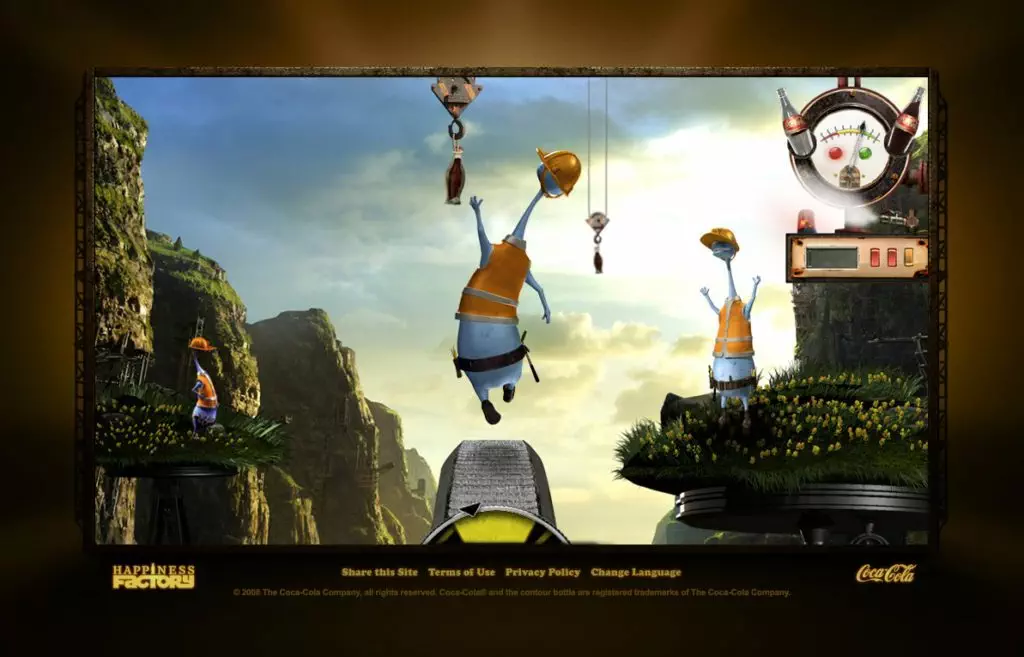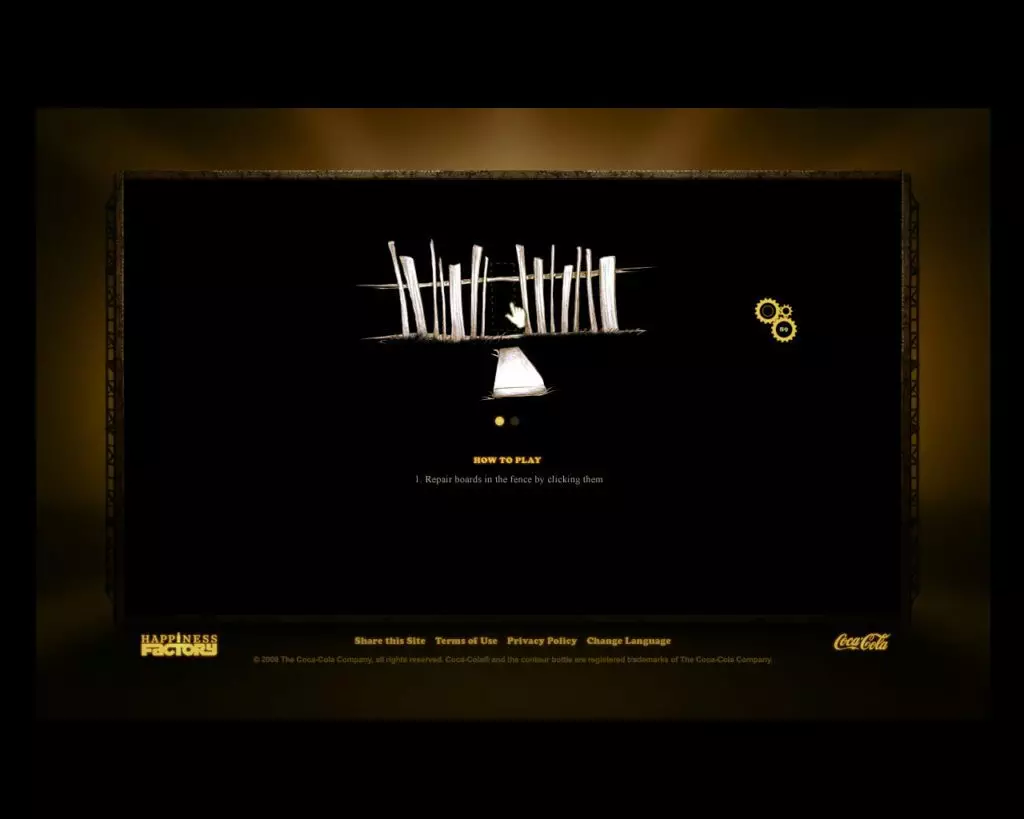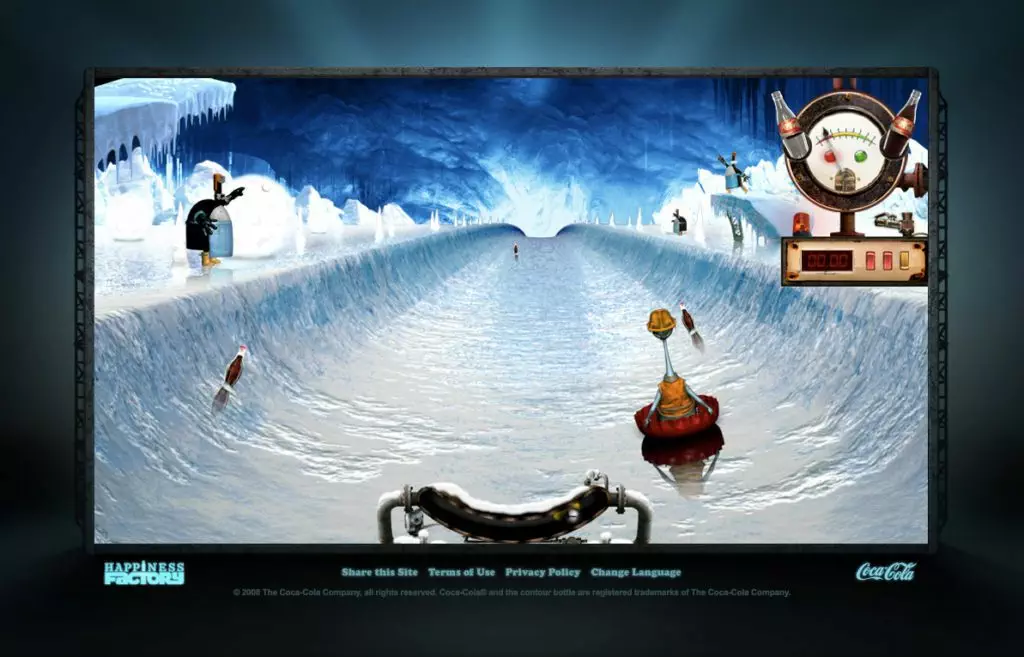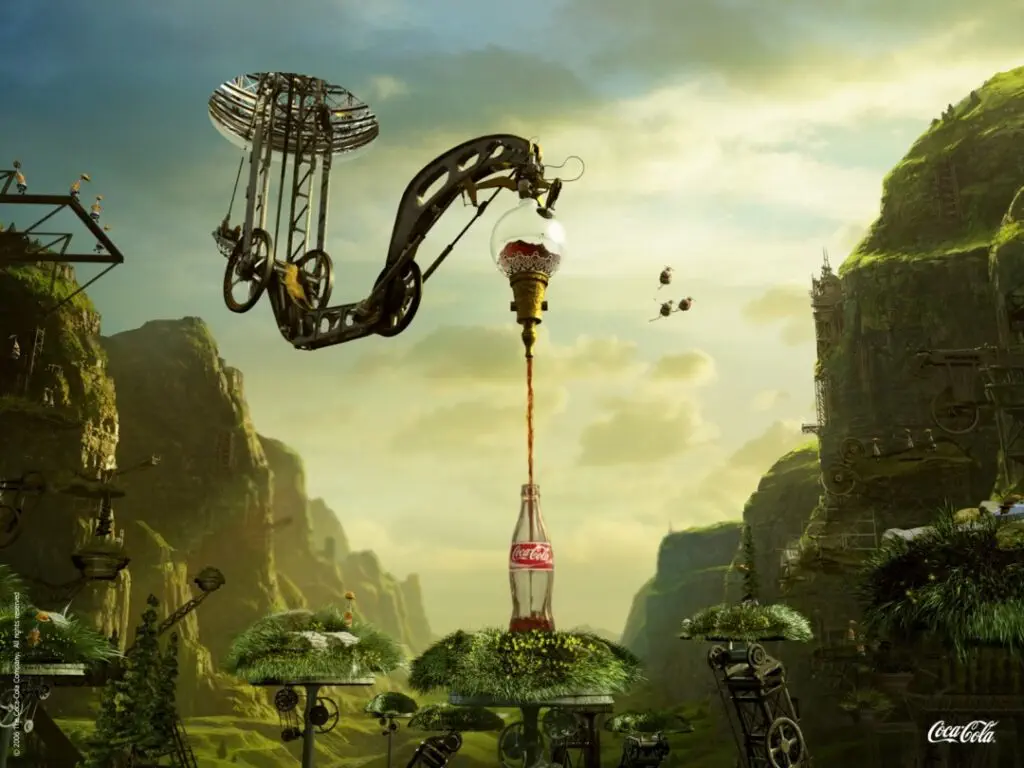- Coca-Cola
Design Tools
- Adobe Photoshop
- Adobe Illustrator
- Adobe Flash
- After Effects
Deliverables
- Website
- Mobile App
- Wallpaper
- MSN Messenger Games
- Banners
Creative Direction for Coca-Cola Happiness Factory: Designing Engaging Micro Experiences
The Coca-Cola Happiness Factory campaign brought to life an imaginative world hidden within soda machines, where delightful characters work tirelessly to deliver happiness with every Coca-Cola drink.
Coca-Cola’s global brand success gave birth to a new challenge: extending this whimsical world into an interactive digital space where fans could experience the joy of the Happiness Factory firsthand.
Our team was enlisted to design and develop micro experiences that would enable fans to interact with these beloved characters in creative ways.
This project not only allowed us to dive into the rich world of the Happiness Factory but also pushed the boundaries of digital storytelling through game design, user experience (UX), and engagement-driven content.
Project Goals and Objectives
We aimed to expand the Happiness Factory story by creating a digital experience that would resonate across different demographics.
- Building Brand Loyalty: By offering unique interactive experiences that align with Coca-Cola’s brand essence.
- Increasing User Engagement: Creating fun, memorable, and replayable micro games that captivated users.
- Deepening the Storytelling: Allowing consumers to explore the Happiness Factory universe and build connections with the characters through interactive content.
The overarching goal was to translate the magic of the Happiness Factory into a digital journey that could be experienced globally.

Results and Recognition
The Happiness Factory interactive experience exceeded expectations, garnering global attention and winning several prestigious awards. Some of the highlights include:
- Award-Winning Campaign: The project won accolades such as the Webby Awards, FWA Awards, and was featured in AdWeek and Cannes Lions.
- Global User Engagement: The platform attracted millions of users who interacted with the Happiness Factory world, playing games and exploring the brand in a new, innovative way.
- Sustained Impact: The success of the project reinforced Coca-Cola’s position as a leader in digital storytelling, with the campaign still being celebrated as one of the most creative and impactful initiatives in their brand history.
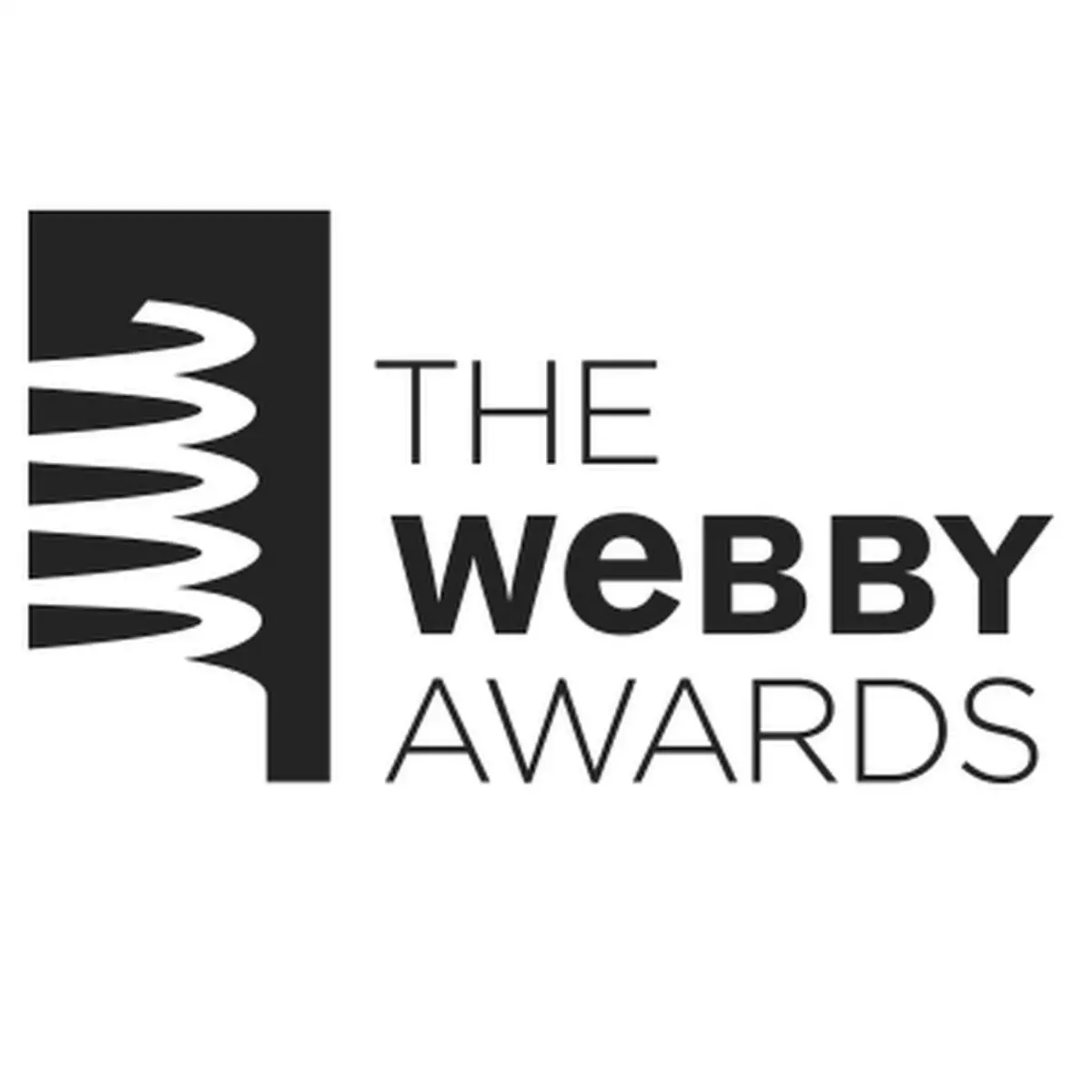

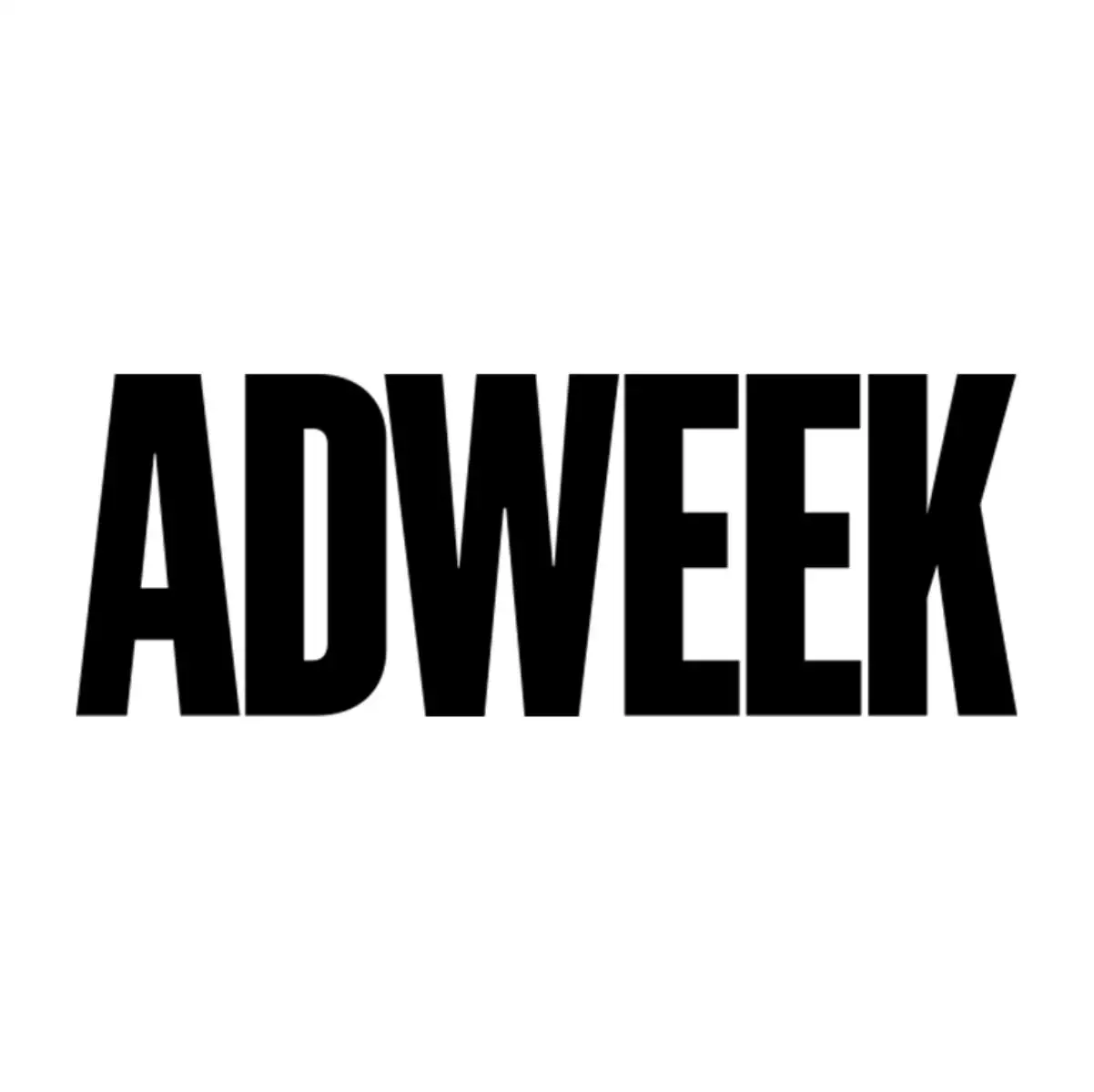
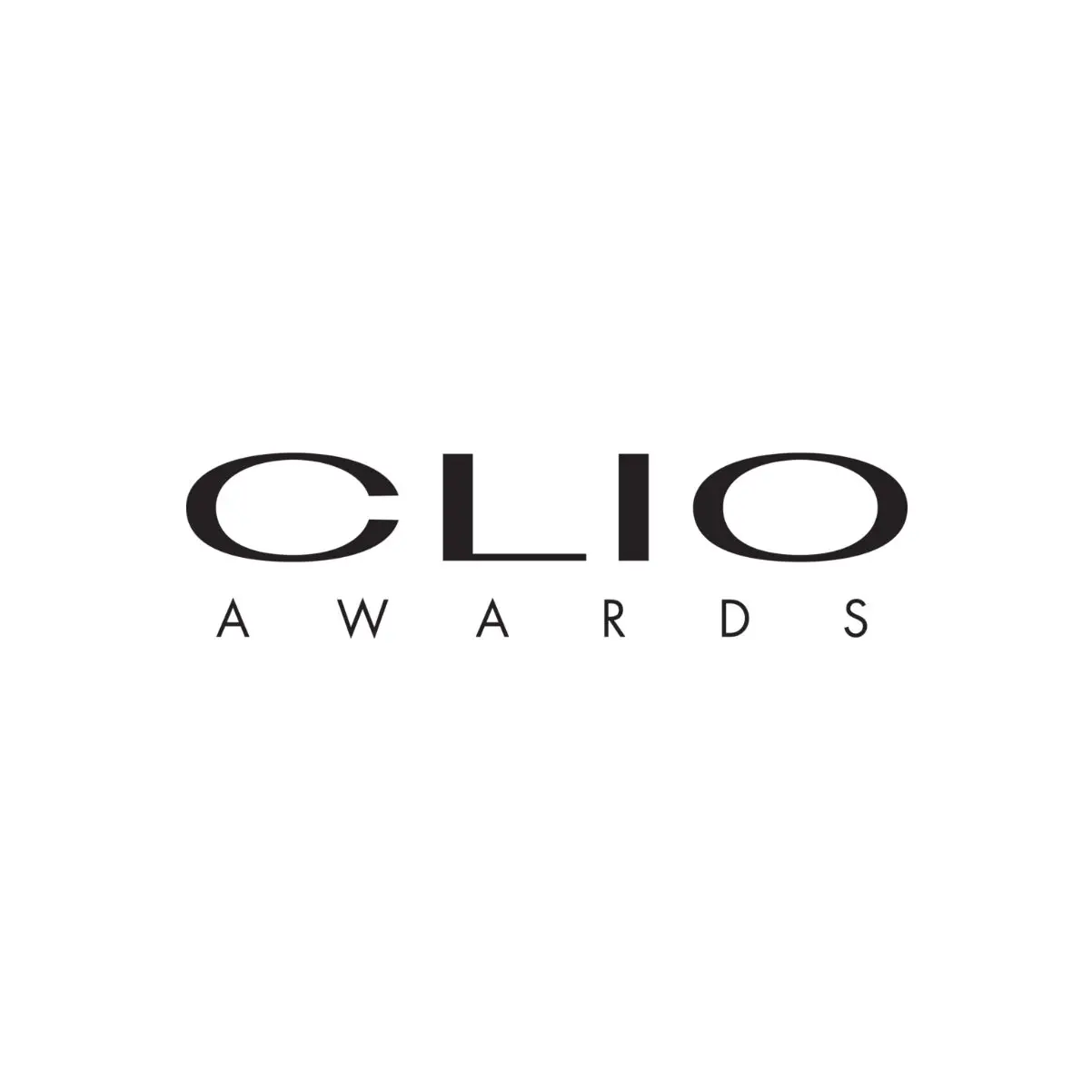


Strategy and Process
Our strategy revolved around extending Coca-Cola’s existing narrative by integrating micro interactions and story-driven gameplay that maintained the same charm and magic that fans loved about the Happiness Factory. The process involved:
- Concept Development: The Happiness Factory was translated into an interactive experience by brainstorming. We focused on making the digital environment fun, intuitive, and closely aligned with the brand.
- Customer-Centric Design: Wireframing, rapid prototyping, and testing various iterations to maintain high levels of usability and visual appeal were all part of the design process.
- Story Integration: Each game and interaction deepened the connection to the Happiness Factory story. Whether you were fixing fences or helping characters achieve their goals, everything contributed to the story.
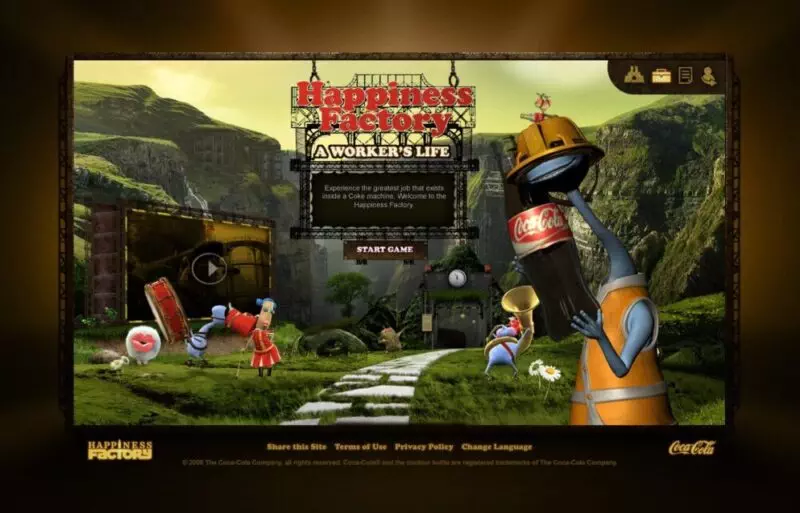
Design and Execution
As the ACD and UX Design lead, my role was to bridge the gap between creative vision and technical execution. This involved overseeing all aspects of design, from ideation to final implementation. Key elements included:
- Interactive Games: We developed a range of mini-games, such as “Kissy Puppy Breakout,” where users could help characters complete their tasks in a fun, engaging manner. Each game was designed to be quick, enjoyable, and aligned with Coca-Cola’s brand messaging.
- Web and Mobile Experiences: The interactive platform was designed to be fully responsive, allowing users to engage with the Happiness Factory universe on desktops, tablets, and smartphones.
- Visual and Character Design: High-quality visuals were central to the experience. We used 3D character models, vibrant illustrations, and rich animations to capture the unique aesthetic of the Happiness Factory.
Visual Storytelling and Design
The design process involved creating a fully immersive environment that stayed true to the original Happiness Factory campaign. Our visual storytelling efforts focused on:
- 3D Character Models: Bringing the quirky characters to life through detailed models and expressive animations.
- Environment Design: The digital world was designed to mimic the bustling, colorful environment of the Happiness Factory, filled with playful interactions and Easter eggs for users to discover.
- Micro Interactions: Small details, such as animated transitions and sound effects, were added to enhance the user experience and maintain engagement throughout.
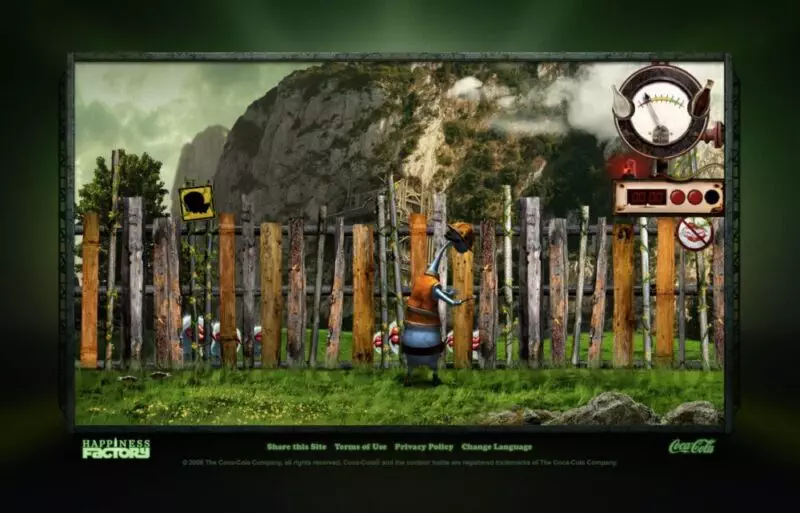
User Journey and Engagement Metrics
The client journey was meticulously crafted to ensure a balance between engagement and storytelling. Key stages included:
- Onboarding and Exploration: Clients were welcomed into the Happiness Factory world with a short introduction, setting the scene for the adventures ahead.
- Game Play and Challenges: Players could participate in a variety of tasks and challenges, all of which were designed to be intuitive and rewarding.
- Engagement and Replayability: The micro games were built with replay value in mind, encouraging users to return and explore different aspects of the experience.
Metrics such as time spent on the platform, game completion rates, and fan feedback showed a significant boost in brand interaction and client satisfaction.



